Imagine a rat. See the rat clearly in your mind’s eye: the intelligent eyes, the grey fur, the long and scabrous tail.
Now, imagine the same rat, but make him the size of a small dog — about fifteen pounds. Imagine this much larger rat, despite his size, retains his rat-like gifts: inquisitiveness, speed, agility, and sharp little teeth.
Now, replace your imaginary rat’s tiny paws with a hairy set of human hands and feet. Swap out that narrow face with an infant’s head, larger eyes, and fat, furry cheeks. Give him the intelligence, appetites, and variable temper of a hot, bored, fussy two-year old who’s been on a road trip for about six hours too long.
And — finally — imagine three thousand of these hybrid creatures at large, roaming the streets without supervision, left to do whatever the fiery coals of their overheated imaginations conceive. Make them ravenously hungry. Delete self-consciousness. Extract the portions of the brain associated with morality, self-control, and fear.
Oh — and make them obsessed with sex. They might not always be having sex, but every single member of your tribe of three thousand enlarged and transformed rats must always be thinking of sex, and whether the other rats will join them for sex, and whether you — yes, you, dear reader — are a possible sexual partner.
If you’ve stuck with my unpleasant little thought experiment, you have a pretty good idea of what the monkeys (technically, the “crab-eating macaques”) of Lopburi’s “Monkey Temple” are like.
Despite the nature of its inhabitants, the Monkey Temple remains a popular tourist destination for Thai people (and, to a lesser degree, for foreigners). A crumbling temple (and, in fact, the entire town center) is ruled by wild monkeys. They sit in the streets, oblivious to traffic, sucking on plastic bags of sweetened water. They chase unfortunate shopkeepers, stealing fruit from wheelbarrows and carts. They swing from power lines, from lamp posts, from railroad crossing signs, from tree limbs, and from the hair and shoulders of Japanese tourists unwise enough to seek out “up close and personal photos” with the scampering simians.
The temple itself — a crumbling Khmer-era ruin — rises from the heart of a dusty, sun-baked circle of land which is, in turn, surrounded by one of the world’s most frantic and chaotic traffic circles. To make a visit, you purchase an offering of plantains or cream-filled sandwich cookies or homemade plastic bags of red Kool-Aid from on-site vendors, then play Frogger (that is, like a character in a classic video game, you dart hesitantly to and fro) among the tuk-tuks and motorcycles and buses and cars until you reach the temple grounds.
There, the monkeys await.
Some lounge in the patchy grass. Some sit atop the fence. Some of them approach you, slowly, from the front steps of the temple. Some circle around behind you on silent little feet.
If you are carrying bags of fruit or cookies, you will be of particular interest. If you didn’t bring an offering of snacks, your long hair, your sunglasses, your hat, your camera, or your iPhone will do just fine.
Most tourists, when surrounded by a roving gang of hypersexualized juvenile delinquent monkeys, move pretty quickly into the temple itself. The door is latched using a mechanism the monkeys haven’t figured out — yet — and so the cool, dark, interior is blissfully monkey-free. Because the windows and doorways are covered with metal screens, you’re in a kind of reverse zoo. You can get right up on the monkeys, who peer in at you and gesture to you and chatter. It just takes a few minutes to realize that they’re the ones who are free … and you’re the one in the cage.
But this feels safe, so you linger here, inspecting the bats hanging from the rafters above and the beheaded Buddha statues sitting cross-legged on the packed-earth floor. Eventually, though, you realize you have to go back outside. The monkeys know this, too, and, at this point, they’ve assembled quite a little congregation around the only way out.
You step outside the door, pausing just long enough to let your eyes adjust to the blinding sun. In that second, you feel a sudden weight — a nimble, hairy body about the size of a backpack — fasten itself to your lower back. You have many options at this point; when this happened to me, I chose to run in circles and scream like a little girl. It worked, because the monkeys laughed so hard, I escaped.
Leaving the temple means circling it, and circling it means taking a walk through monkey territory.
The baby monkeys — with their oversized ears and faces like little old men — are the only members of the tribe with redeeming qualities. They are playful and goofy and needy and endearing. They are also clever pick-pockets and faster than lightning. Offer one a single peanut with your right hand, and he’s likely to fly into the air and snatch the entire bag of peanuts you’re holding in your left.
The older adults are the creepy ones: sauntering toward you, fixing their yellow eyes on you, deciding which of their insatiable appetites you’re a solution for. Throw them the bananas. Throw them all the bananas. And some cookies. And some money. And make your way to the exit — quickly. (And watch your back.)
As we left the temple, a spontaneous monkey orgy began: monkeys on the fence posts, monkeys in the ruins, and monkeys in the patchy grass doing what monkeys like doing most with other monkeys, whether those other monkeys were male or female or into it or not. It made an impression on us all — one that only time and therapy will be able to erase.
Perhaps, given my description of the experience, you will not feel inspired to visit the Monkey Temple. It’s not my intention to discourage you.
The Monkey Temple is one of those sights that you will never be able to visit anywhere else on the planet — and there will never be anything like it in the United States. (The insurance premiums and lawsuits would put any American Monkey Temples out of business in less than a day.) Despite the heat and traffic and dust and, well, the monkeys, the Monkey Temple is one of those distinctively Thai adventures: off the beaten path, out of your comfort zone, and something very few Anglo tourists (even those who’ve been to Thailand) can say they’ve seen. So: hire a car … head northeast of Bangkok for a couples of ours … and keep an eye on your bananas.

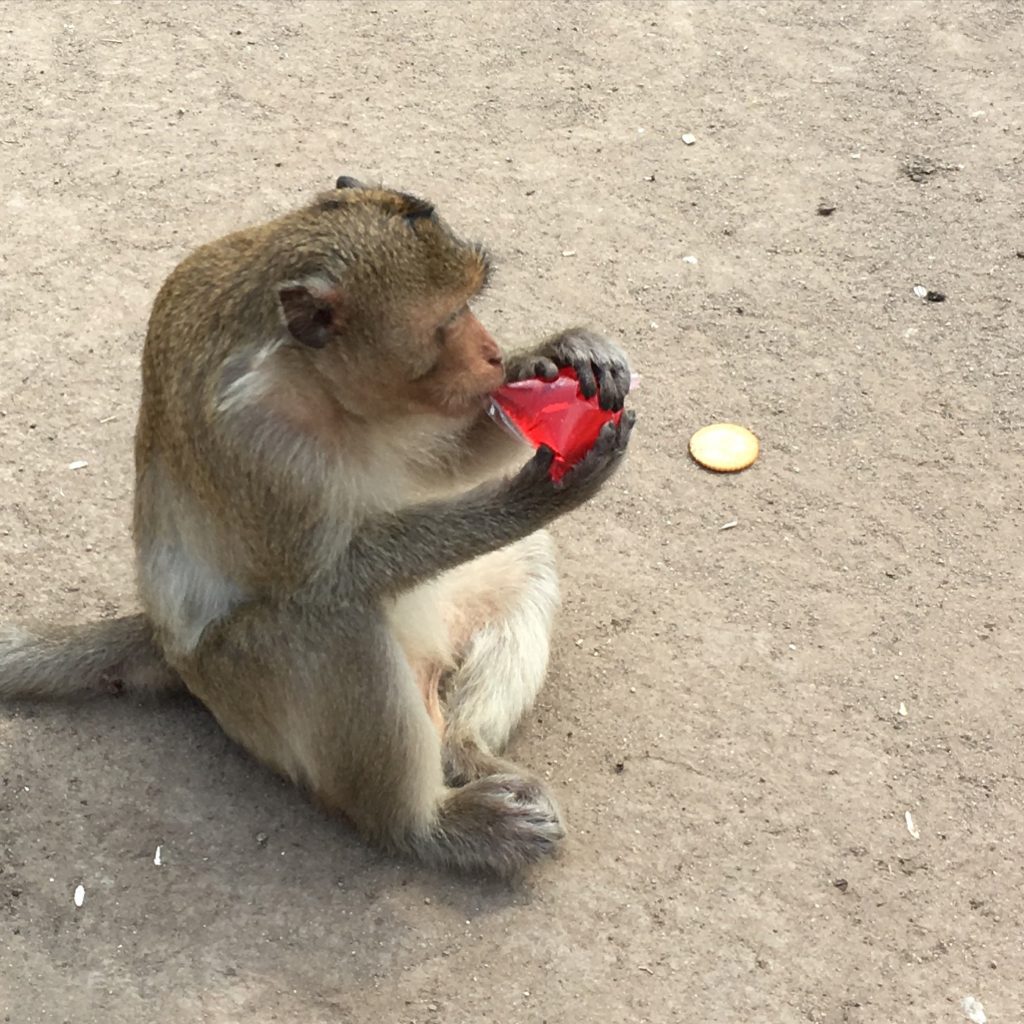
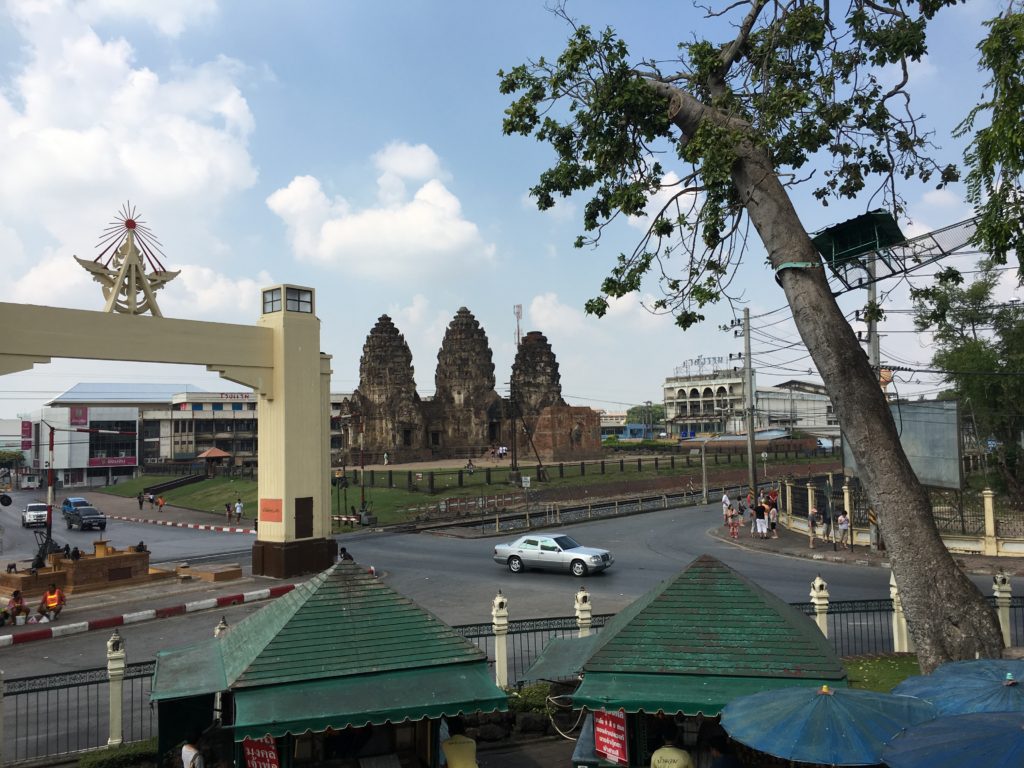
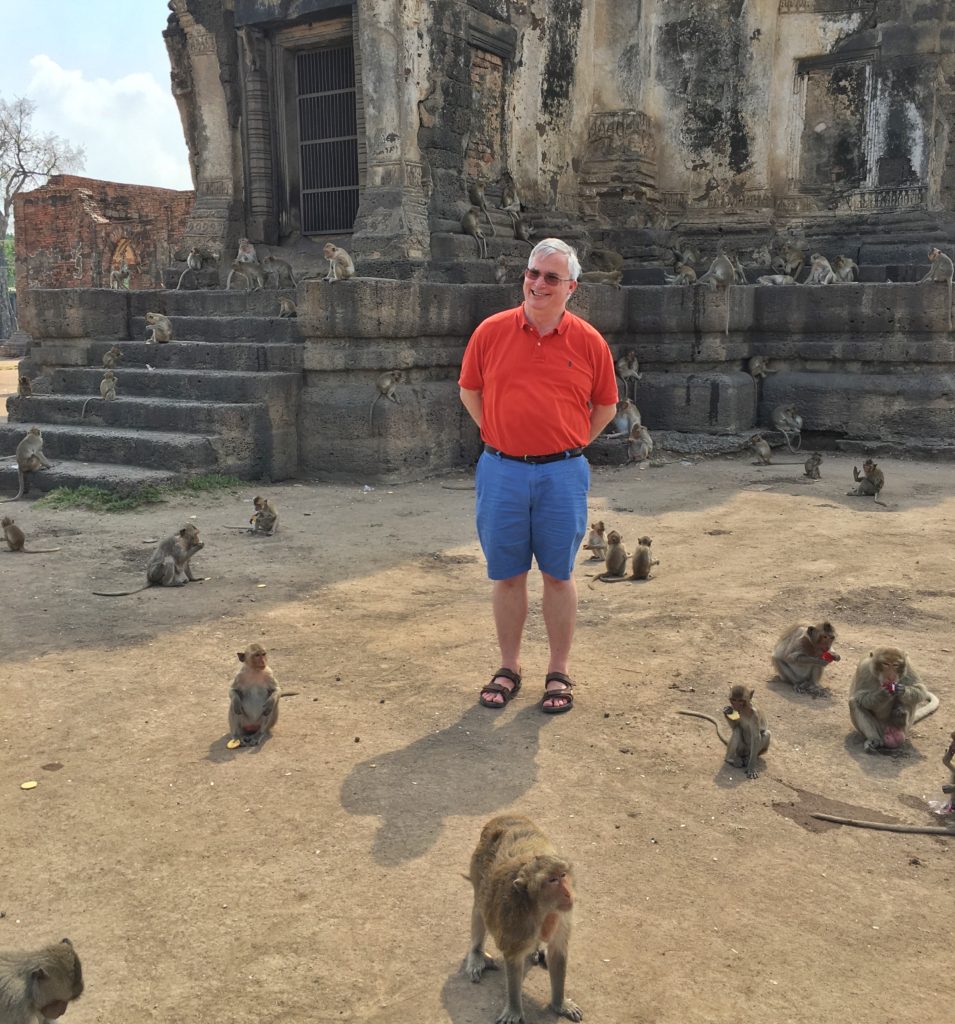
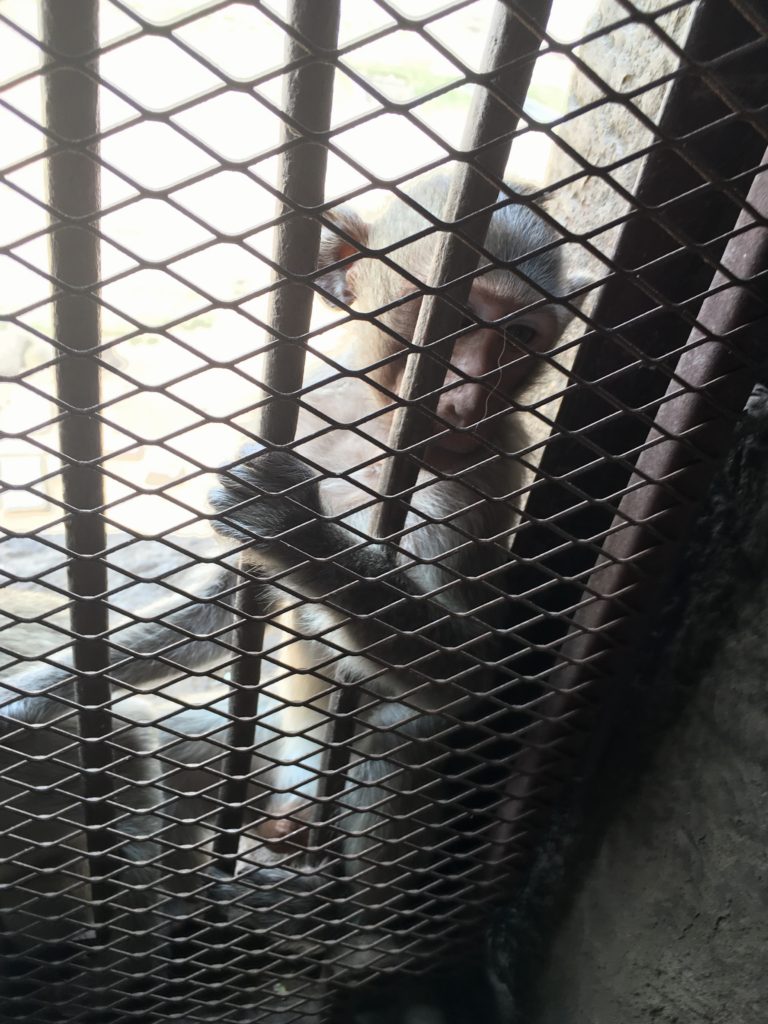
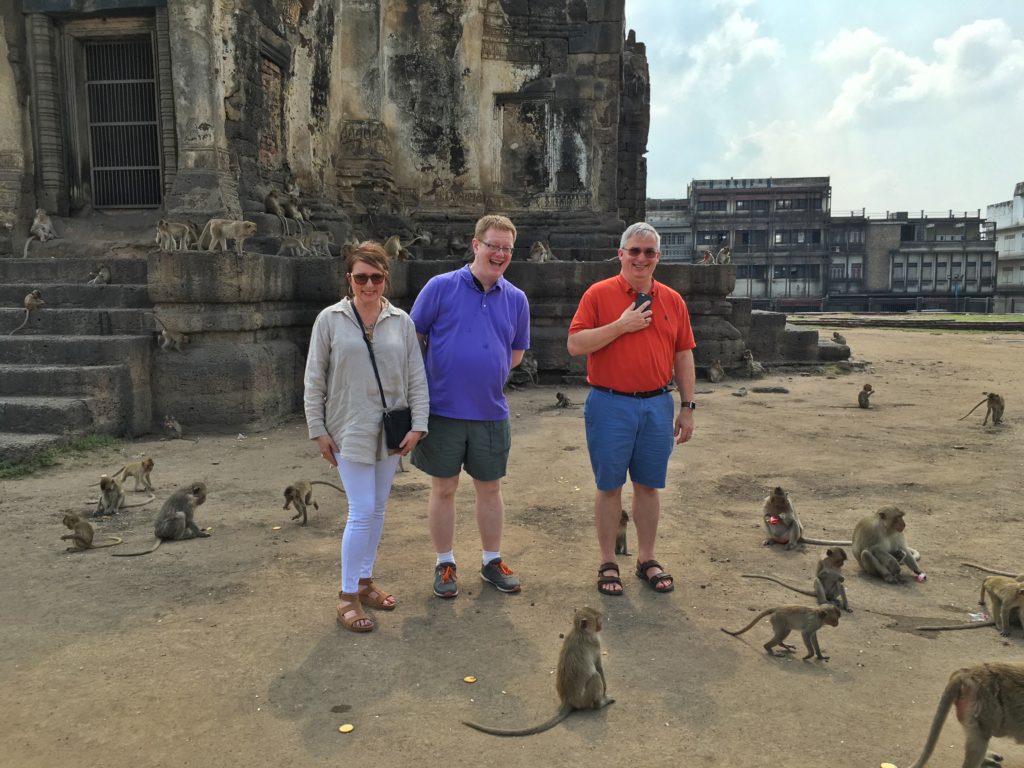

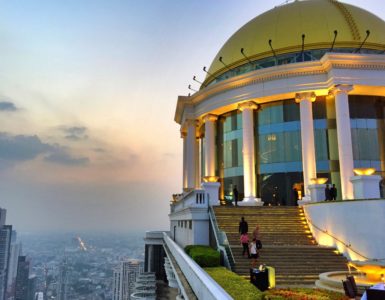

Add comment